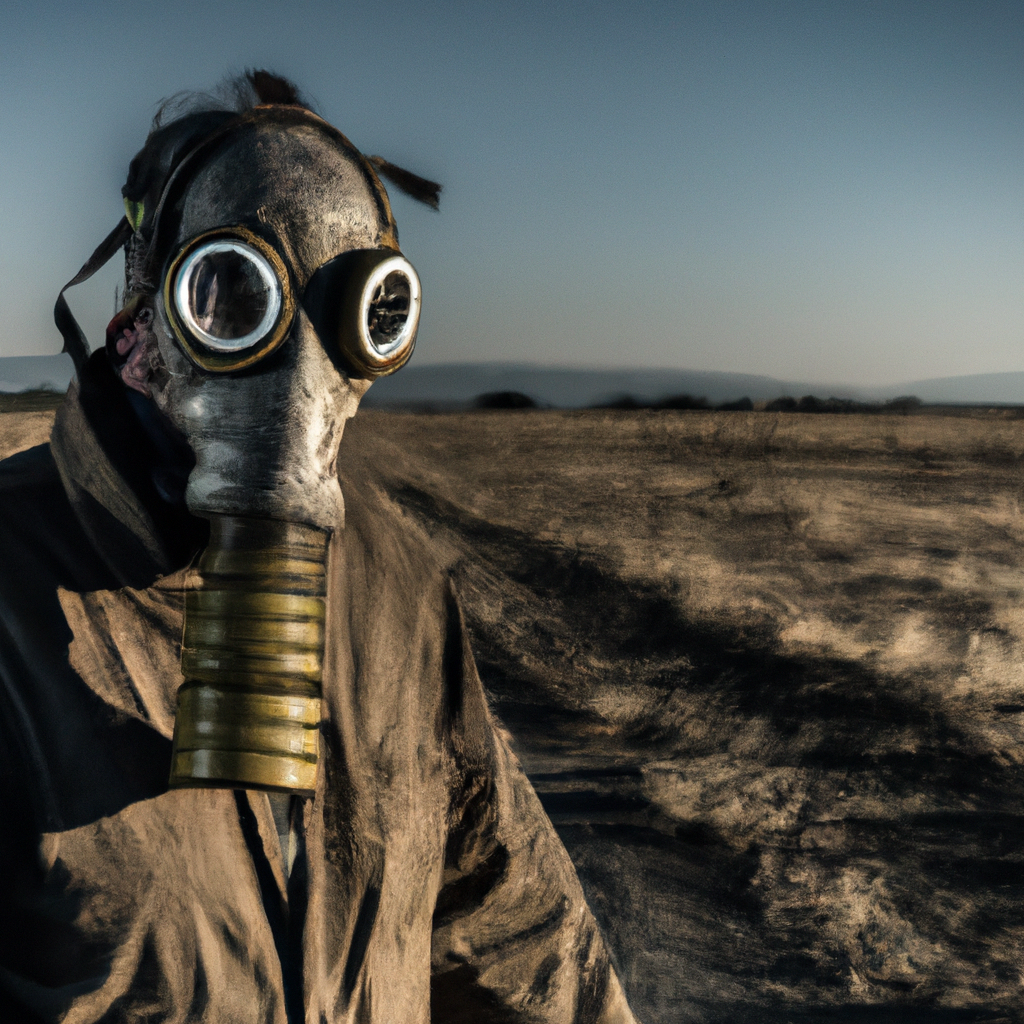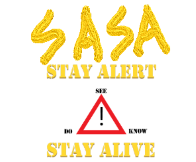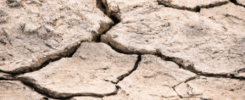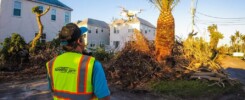Unmasking the Secrets: Surviving a Chemical Attack
Chemical attacks are one of the most terrifying forms of warfare, leaving invisible and insidious threats in their wake. These attacks involve the release of toxic substances that can cause severe harm or even death. It is crucial for individuals to be aware of the necessary steps to survive such an attack and protect themselves and their loved ones. In this article, we will delve into the intricacies of these attacks, unmasking the secrets and providing essential tips for survival.
The Silent Killer: A Closer Look at Chemical Attacks

Chemical attacks involve the deliberate release of toxic substances into the environment, causing harm to humans, animals, and the ecosystem. These attacks can come in various forms, including the use of nerve agents, blister agents, choking agents, blood agents, and riot control agents. The effects of exposure to these toxic substances range from mild symptoms such as eye irritation and respiratory distress to severe symptoms like convulsions, paralysis, and even death.
One of the most concerning aspects of chemical attacks is their invisible nature. Unlike conventional weapons, chemical agents cannot be seen, smelled, or tasted, making it challenging to detect their presence. This silent killer can strike without warning, leaving individuals with little time to react and protect themselves. It is crucial to understand the signs and symptoms of exposure to different chemical agents and be prepared to take immediate action.
Unmasking the Secrets: Essential Tips for Surviving
Surviving a chemical attack requires knowledge, preparedness, and quick thinking. Here are some essential tips to help you navigate this dangerous situation:

- Stay informed: Stay updated on the current threat level and any potential chemical attacks in your area. Follow trusted news sources and government advisories for accurate information.
- Seek shelter: If you receive a warning or suspect a chemical attack, seek shelter immediately. Choose an indoor location, preferably an airtight room or basement, and close all windows and doors.
- Protective measures: Use available resources to protect yourself. Cover your mouth and nose with a wet cloth or a mask, if possible. If you have access to a gas mask or a respirator, put it on to provide additional protection against toxic fumes.
Preparedness is Paramount: Steps to Take During and After
Being prepared can make a significant difference in surviving a chemical attack. Here are some steps to take during and after an attack:
- Decontamination: If you were exposed to a chemical agent, remove your clothes and wash your body with soap and water as soon as possible. This helps minimize further absorption of the toxic substance.
- Seek medical attention: Even if you don’t exhibit immediate symptoms, it is crucial to seek medical attention after a chemical attack. Some symptoms may take time to develop, and a medical professional can provide appropriate treatment and support.
- Report the incident: Inform local authorities about the attack, providing any details or observations that may help in their investigation. This helps ensure a swift response and protection for others in the affected area.
Surviving a chemical attack requires vigilance, preparedness, and a clear understanding of the steps to take during such a critical situation. By staying informed, seeking shelter, and taking necessary protective measures, you can increase your chances of survival. Remember, being prepared and informed is the key to unmasking the secrets and countering the silent killer that is a chemical attack. Stay safe, be alert, and support one another in the face of this deadly threat.
To learn more how to protect yourself and survive anything, order the SASA Doom Survival Guide digital copy.


